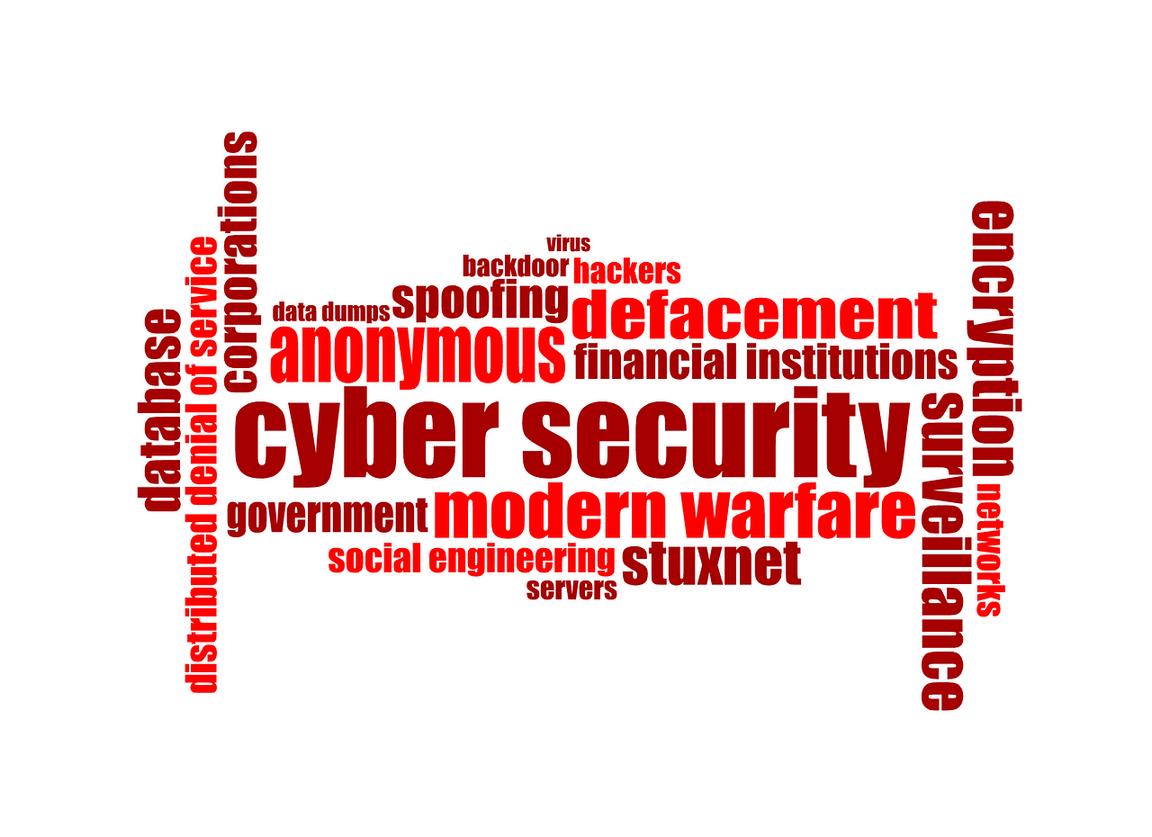
Cyber attack vectors enable hackers to exploit your system’s vulnerabilities to access personally identifiable information (PII), sensitive data, and other crucial information they can get after the data breach. Hackers can earn from attacking your company’s software systems by stealing online banking details or credit card information.
Competitors could also use attackers to employ DDoS attacks on your systems, overloading your data centers to harm sales, cause downtime and make customers leave your company. While IP attribution and digital forensics can help prevent data breaches and reduce possible attack vectors, finding ways to avoid them is more essential. Below are five common cyber attack vectors and how to protect your business.
1. Phishing emails
Phishing emails are a cybercrime technique in which you’re contacted via email by someone pretending to be from a genuine organization to trick you into sharing sensitive company and client data, including passwords, PPI, and credit card and banking information. Email security cloud protects your business’s inbox from phishing, spam, and viruses. You can also educate your employees on the significance of cybersecurity and how they can avoid falling prey to such cyberattacks.
2. Poor or missing encryption
Data encryption converts information into a different code or form that only those with access to a password or secret code can read. Poorly encrypted or missing encryption causes sensitive data to be transmitted as plaintext or with weak cryptographic protocols or ciphers.
This means an adversary intercepting your data storage, processing, or communication might access sensitive information via a brute-force approach, breaking weak encryption. Ensure your company data is encrypted in transit, processing, and rest. Consider using cloud and web applications to protect and prevent data loss.
3. Compromised credentials
In a compromised credential attack, hackers use compromised credentials to try logging into various online accounts. They aim to steal financial or personal information from such accounts or take them over completely. A compromised credential attack relies on the fact that most people use similar passwords on multiple accounts. Since authentication is commonly obtained through APIs, this form of attack significantly threatens your API security.
If your business is hit with a credential stuffing attack, you might have to disable your accounts and change your credentials. For your company to defend against these attacks, consider insisting on using two-factor authentication, disallowing previously compromised passwords, implementing CAPTCHA for logging in, and using IP address block lists.
4. Security misconfiguration
Misconfigurations happen when you don’t define and implement security settings and maintain default values. This means your configuration settings don’t comply with industry security standards which are vital to ensuring security and reducing business risk. Automating your configuration management can help prevent configuration drift. You can also create security processes and controls for more complex environments, including web applications, hybrid cloud, wireless, and network environments.
As we are using computer systems, more and more it is essential to evaluate cyber risk management. Securing data with basics safeguards is not enough anymore.
5. Ransomware
Ransomware is malware meant to deny organizations access to files on their computers. Attackers encrypt these files and demand a ransom for the decryption key. To protect your company against ransomware, consider implementing cyber awareness training and ensuring continuous data backups, patching, and user authentication.
Endnote
Cyber attack vectors can significantly impact your company data. Familiarize yourself with common cyber attack vectors and how to protect your business.

Leave a Comment